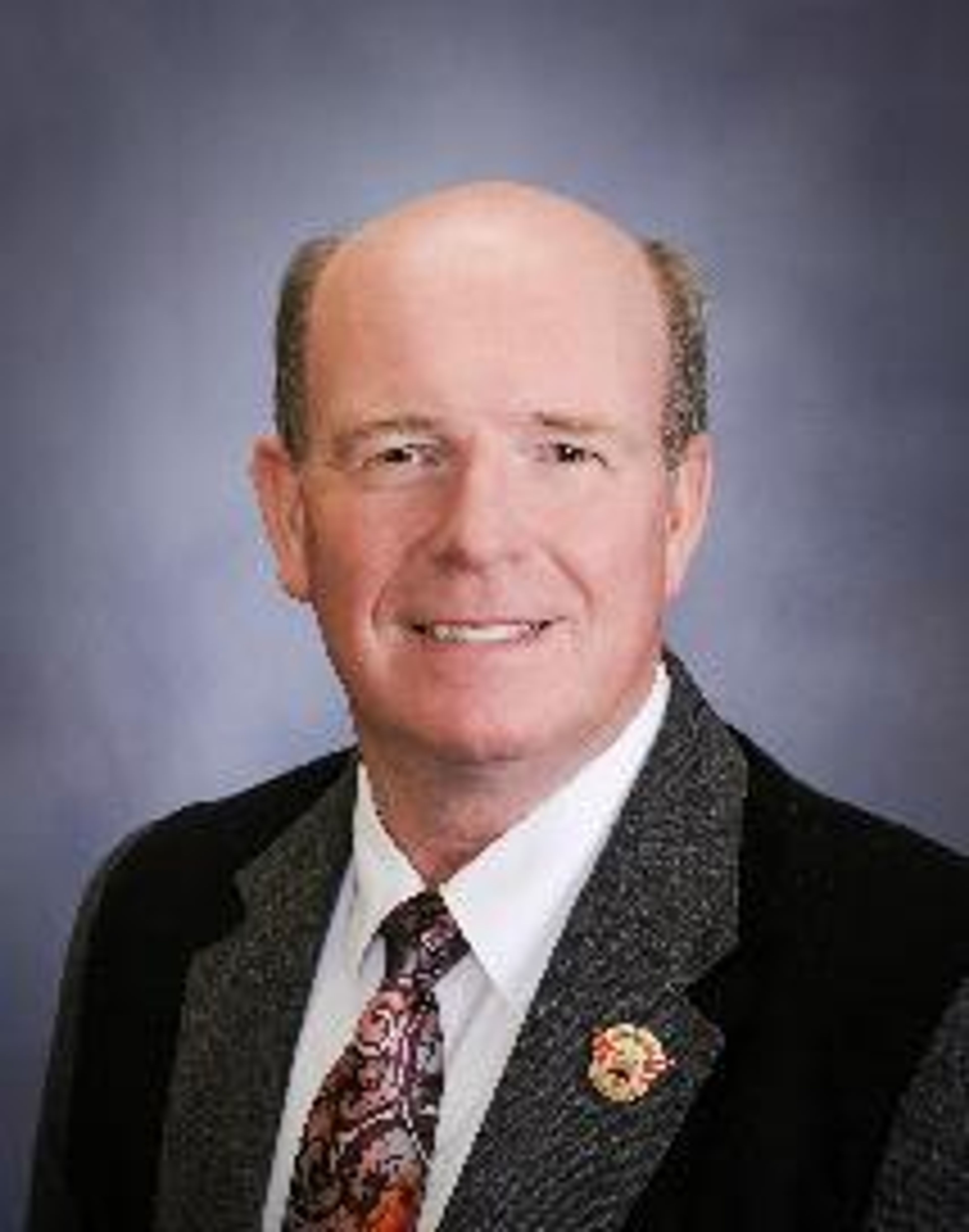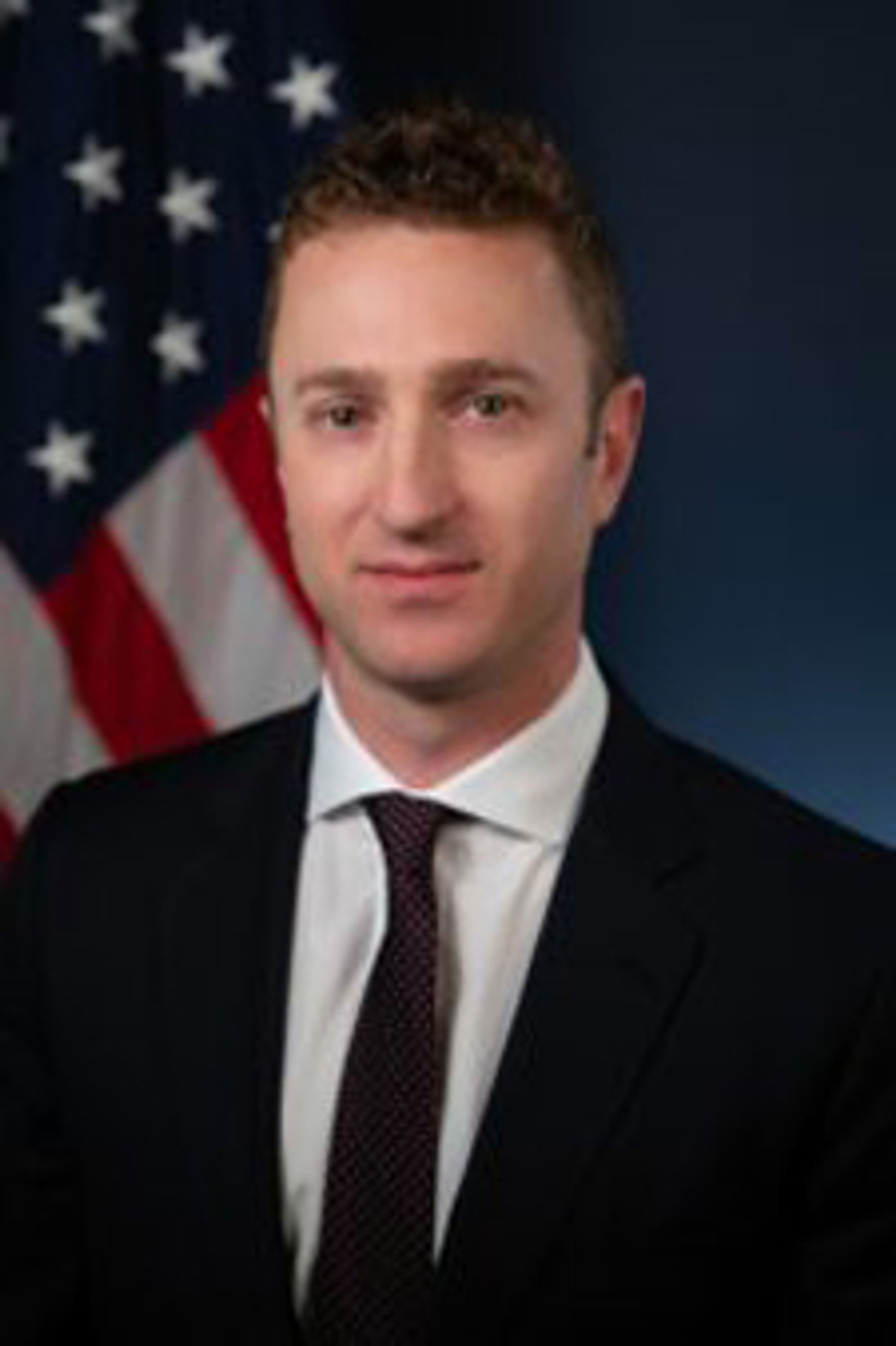Building the future of farming
A $55 million federal grant — the largest in school history — is funding a UI effort to develop climate-friendly farming practices
After a slow start, the University of Idaho College of Agricultural and Life Sciences is finally poised to begin a monumental project to build farming systems that will stand up to the challenges of climate change.
The Innovative Agriculture and Marketing Partnerships for Idaho — commonly known at IAMP — has been awarded $55 million from the U.S. Department of Agriculture. It’s the largest grant in the university’s history and was among 70 projects awarded nationwide from a $2.8 billion investment in the department’s Partnerships for Climate-Smart Commodities initiative. More than half of the money will be paid out to growers who enroll in the program.
“The hope is when this program ends — it’s a five-year program — growers can sit back and they’ll have all this information in terms of what the benefit was,” said Michael Parella, dean of the college of agriculture.
“Growers will make a decision whether these strategies that were adopted ... is it worthwhile for them to continue this investment?”
Information gathered over the five-year period will be used to paint a broad, national picture about sustainable agriculture, Parella said. In Idaho the program will be focused on barley, beef, chickpeas, hops, potatoes, sugar beets and wheat. The goal is to enroll 100,000 acres of Idaho farmland preventing 31,000 to 70,000 metric tons of carbon dioxide from entering the atmosphere.
Parella pointed out that Idaho is the only state in the program that will be focusing on multiple commodities.
“Idaho is further along than many of the other states trying to implement this project,” he said. “We’re all excited about it. It took an enormous amount of work to figure this out. The details are extraordinary.”
The original grant was announced in 2022 and it was hoped the work would begin right away. Paperwork, legalities and contracts took longer than expected and the deal was not finalized until May of last year. If all goes well, the first growers enrolled in the program may begin some of the climate smart practices this spring.
Climate change, food insecurity looming
There are more than 2 million farms in the United States, according to the U.S. Environmental Protection Agency and more than half of the nation’s land is used for agricultural production.
Climate change can affect crops, livestock, soil and water resources, as well as rural communities and agricultural workers. The agriculture sector, however, also emits greenhouse gasses into the atmosphere that contribute to climate change. The effects of climate change on agriculture will depend on the rate and severity of the change, as well as how farmers and ranchers adapt.
The industry has been considering the implications of climate change for several years and many practices to minimize greenhouse gasses are already in place, including crop rotation, integrated pest management and reduced- or no-till farming methods.
The EPA tracks evidence of a changing environment through weather, oceans and ecosystems. These include shifts in temperature and precipitation patterns, increases in ocean temperatures, sea level and acidity, melting of glaciers and sea ice, changes in the frequency, intensity and duration of extreme weather events, and shifts in the ecosystem characteristics such as the length of growing seasons, timing of flower blooms and migration of birds.
These changes are because of a buildup of greenhouse gasses in the atmosphere and the warming of the planet because of the greenhouse effect, the EPA said.
According to the World Bank Group, which is a global partnership working for sustainable solutions to reduce poverty and build shared prosperity in developing countries, climate change and food and nutrition insecurity are two of the greatest challenges of our time.
Global food demand is estimated to increase to feed a projected global population of 9.7 billion people by 2050. Without significant climate mitigation action in the agri-food sector, the Paris Agreement goal to limit global warming cannot be reached, the partnership said. The necessary increase in food production will further escalate emissions from food systems that are not aligned with climate-smart practices.
Farms becoming more receptive
Sanford Eigenbrode, a university distinguished professor of entomology, and Erin Brooks, a professor of agricultural engineering, will co-lead the IAMP project in Idaho.
Eigenbrode has long been involved in forward-looking climate change research and has frequently spoken to farmers about the consequences of global warming. Six years ago, Eigenbrode said that a majority of producers in the Pacific Northwest don’t consider human-driven climate change to be an issue. Many of them were skeptical that climate change is a reality.
Since then, Eigenbrode said, views have begun to shift.
“I think that there’s quite a bit more receptivity to this message statewide,” Eigenbrode said. “I think that the challenge of impending climate change and the recognition that agriculture could be done better” is more acceptable to growers these days.
“I’m sure there’s still plenty of skepticism but they’re not the strange ideas that they used to be.”
Since the IAMP grant was formally awarded last May, Eigenbrode and Brooks have been meeting with all the partners involved in the project to make sure the contracts will meet their legal requirements. Partners include the Idaho Association of Soil Conservation Districts, the Nez Perce and Coeur d’Alene tribes, the Nature Conservancy in Idaho, Desert Mountain Grass Fed Beef and Arrowleaf Consulting. The team also is making sure that the practices that will be used are clear to everyone involved and meet standards of USDA’s Natural Resources Conservation Service.
The portal for applications hasn’t yet opened but there are several growers in the state who have already expressed interest in participating in the project.
Ladd Whalen is a farmer in Bingham County in southeastern Idaho who hopes to be included in the IAMP project.
Whalen raises potatoes and small grains through conventional and certified organic methods and said, if he is accepted into the program, he expects to focus on practices that would reduce fertilizer use while maintaining yields and profitability.
“I think the goal overall is to increase profitability,” Whalen said. “Does that mean there are some trials that have decreased yields? Yes, but that doesn’t mean it’s necessarily bad. But we might need to adapt or change things.
“That’s why it’s good to have a network of growers because if one person has made a mistake there’s no need for others to do the same thing. Anytime you implement something new, there is a chance there will be a negative effect. But if you network with somebody who’s done it you can learn from them.
“I feel like farmers, they tend to do what’s always been done and it’s hard to change,” Whalen said. “That’s why having a network is so important if this initiative is going to make a difference.”
Whalen said he plans to focus on minimizing soil disturbance or tillage where it’s possible and introduce diversity through different cover crops. He also will integrate cattle into his cropping system to reduce fertilizer inputs and keep a living root system in the soil.
Eigenbrode said participants will have eight practices to choose from that include things like no-till or minimum-till farming, interseeding, precision fertilizer application, planting cover crops and using cattle to graze on cover crops. Growers will then receive financial incentives to transition to the new methods. It is not expected that any of the practices will result in reduced yields, he said.
“Many farmers are quite interested in doing these things but there are some risks and expenses that may be different than they’re used to,” he said. “Those (financial) incentives will make it easier for those signing up to adopt these practices. … Our goal is to make it more streamlined than farmers might be used to.”
IAMP team workers will be monitoring and measuring what happens over the five-year period. Nitrogen application, which is an expensive input for many growers, may be reduced by 15% or more while the organic matter in the soil will be replenished. These practices will reduce greenhouse gas emissions from agriculture and improve sustainability and profitability for growers.
“We understand that implementing practices like this is not a simple matter,” Eigenbrode said. “We need more information and we will be able to get it through this program.”
Participants will be “providing new knowledge to those who want to follow the footsteps of this project — to answer questions that are not answered now. We will offer something to the whole program nationwide that will be of great value.”
Hedberg may be contacted at khedberg@lmtribune.com.










